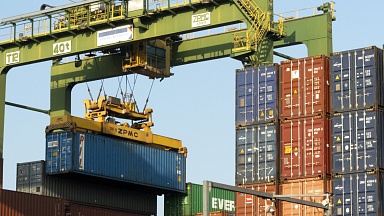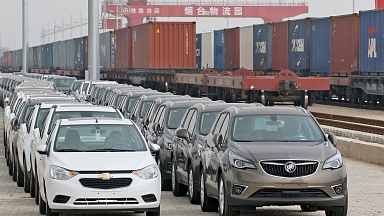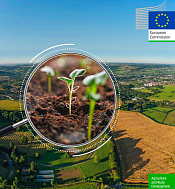DHL has published a study entitled Post-coronavirus Supply Chain Recovery, which predicts more diversification of geographies, suppliers and business models as well as a more holistic view of risk management.
«Post-coronavirus supply chains will not be the same as they were pre-coronavirus,» it says, and one prominent trend in this transformative process is a stronger emphasis on supply chain resilience, away from the recent focus on cost, suggest the authors.
This tallies with a report in July by the McKinsey Global Institute (Risk, Resilience and Rebalancing in Global Value Chains), which predicted a shift from single-source, cost-focused supply chains to a heightened focus on risk management and higher supply chain resilience.
The researchers found that 53% of respondents planned to adopt a dual-sourcing strategy for raw materials, 47% were looking to boost inventory, 40% were leaning towards near-shoring and 38% wanted to regionalise their supply chains.
The pandemic has had a massive impact on supply chains. Another study, published in July by Resilience360 and the Business Continuity Institute (Covid-19: The Future of Supply Chains) found 73% of organisations interviewed had encountered «some» or «significant» detrimental effects.
However, both the DHL and McKinsey studies make clear that the transformation of supply chain strategy pre-dates the advent of the pandemic.
The global nature of the pandemic produced mass awareness of the disruption it has wreaked, but many companies were already planning or implementing changes to reduce supply chain risk. The McKinsey report was started before the outbreak of Covid-19, and the researchers found that the pandemic had reinforced such efforts.
And the authors of the DHL study said: «The pandemic will accelerate changes that had already begun, and at the same time unveil new trends and new priorities.»
Concerns about the impact of catastrophic events go back a decade at least, to 2011, when a massive tsunami hit Japan, causing damage costing $360bn, and massive flooding submerged seven of Thailand’s largest industrial zones for weeks.
According to McKinsey, supply chain risk is a much bigger issue than Covid-19, as climate disruptions are going to become increasingly frequent and more severe. On average, every 2.8 years there is an event that causes disruption lasting two to four weeks. Losses from supply chain disruption can amount to 42% of ebitda for a year during a 10-year period, the authors found.
One of the major priorities Covid-19 has reinforced is the desire to eliminate risk from single-source supply strategies.
This extends beyond individual suppliers to nations. US government officials have stressed their desire to eliminate a strategic vulnerability from overdependence on individual countries for products or raw materials.
One of the issues the pandemic brought to light is that a lot of the active ingredients for a number of important pharmaceutical products are produced in China. This requires supply chain visibility beyond tier-one suppliers, and historically firms have not had much insight past their tier-one providers, says the DHL white paper.
In conjunction with the US-China trade conflict and tariffs, concerns over excessive reliance on goods from China is accelerating the exodus of US firms from the country. According to PwC Research, 16% of US companies currently active in China are considering adjusting their production and supply. Low-cost Asian countries, led by Vietnam, and Mexico top the list of alternative locations under consideration.
Near-shoring is a hot topic at the moment. As the McKinsey study points out, global flows and networks are more exposed and vulnerable to disruption. Its authors concluded that a shift to regionalisation was a big focus for companies. They estimated that up to $4.6trn of the $18trn in global trade flows could shift.
And the new mantra of proximity to markets is fuelling interest in near-shoring or on-shoring. The State of Logistics report published this summer by the Council of Supply Chain Management Professionals (CSCMP) found that delivery windows of three to five business days were no longer acceptable, which increases the need for high-velocity supply chains and shorter transits.
This is good news for warehousing providers. Re-shoring or near-shoring of production, along with elevated inventory levels to avoid stock-outs, as seen early in the pandemic lockdowns, are going to push up demand for warehousing and logistics real estate, the CSCMP notes.





